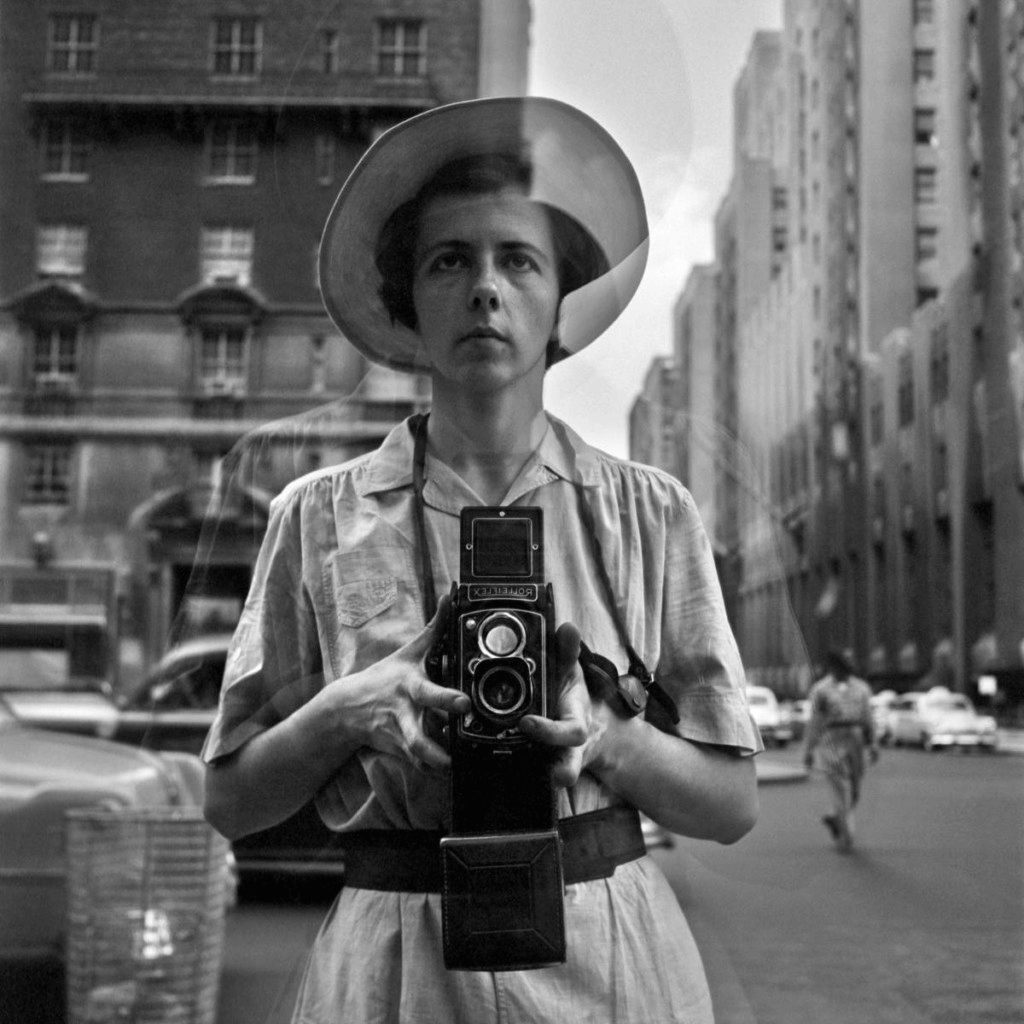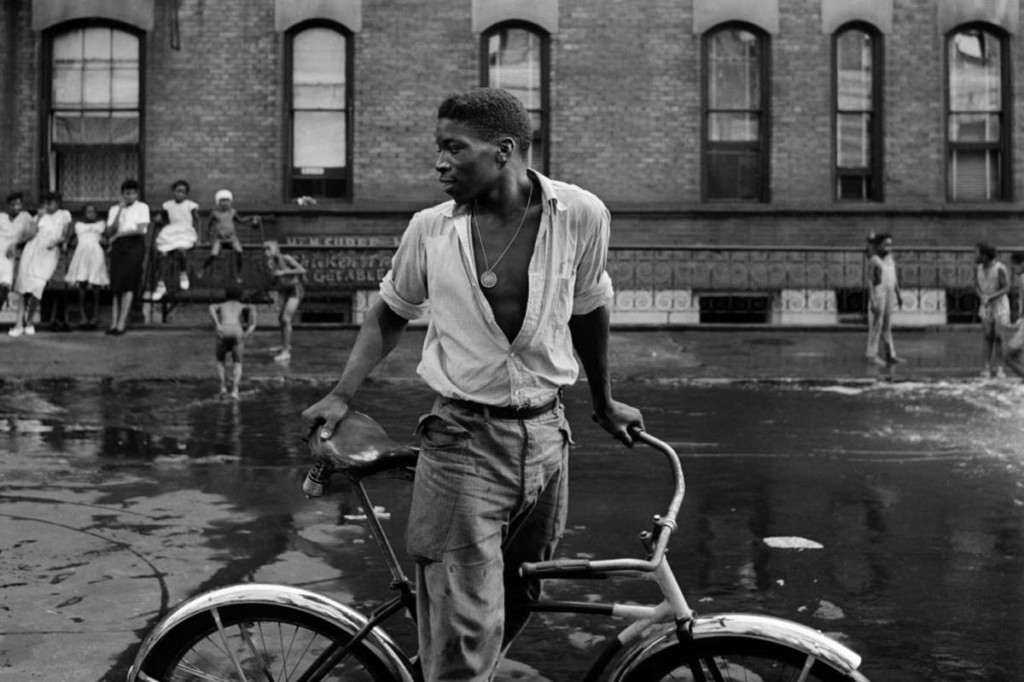Framing Streets Can Be Fun For Anyone
Table of ContentsThings about Framing StreetsThe Buzz on Framing StreetsAbout Framing StreetsFraming Streets for BeginnersExamine This Report on Framing StreetsAn Unbiased View of Framing Streets
Digital photography category "Crufts Pet Show 1968" by Tony Ray-Jones Road photography (additionally occasionally called candid digital photography) is digital photography carried out for art or inquiry that includes unmediated chance experiences and random events within public places, normally with the goal of capturing photos at a crucial or touching minute by cautious framework and timing. Framing Streets Things To Know Before You Buy
Susan Sontag, 1977 Road digital photography can focus on individuals and their behavior in public. In this respect, the street photographer is similar to social documentary digital photographers or photojournalists who additionally function in public areas, but with the objective of recording newsworthy occasions. Any one of these professional photographers' pictures may record people and residential or commercial property visible within or from public places, which commonly entails browsing moral problems and legislations of personal privacy, protection, and residential or commercial property.
Representations of daily public life form a genre in almost every duration of world art, starting in the pre-historic, Sumerian, Egyptian and very early Buddhist art periods. Art taking care of the life of the road, whether within sights of cityscapes, or as the leading theme, appears in the West in the canon of the North Renaissance, Baroque, Rococo, of Romanticism, Realism, Impressionism and Post-Impressionism.
Indicators on Framing Streets You Should Know
Louis Daguerre: "Boulevard du Temple" (1838 or 1839) In 1838 or 1839 the initial photo of numbers in the street was taped by Louis-Jacques-Mand Daguerre in one of a set of daguerreotype sights drawn from his workshop window of the Blvd du Holy place in Paris. The 2nd, made at the elevation of the day, shows an uninhabited stretch of road, while the various other was taken at concerning 8:00 am, and as Beaumont Newhall records, "The Blvd, so constantly loaded with a moving crowd of pedestrians and carriages was perfectly solitary, other than an individual that was having his boots cleaned.
, that was motivated to take on a comparable paperwork of New York City. As the city established, Atget helped to promote Parisian roads as a worthy topic for digital photography.

7 Simple Techniques For Framing Streets
Martin is the very first tape-recorded digital photographer to do so in London with a disguised camera. Mass-Observation was a social study organisation founded in 1937 which aimed to tape day-to-day life in Britain and to record the reactions of the 'man-in-the-street' to King Edward VIII's abdication in 1936 to wed separation Wallis Simpson, and the sequence of George VI. The principal Mass-Observationists were anthropologist Tom Harrisson in Bolton and poet Charles Madge in London, and their initial record was generated as guide "May the Twelfth: Mass-Observation Day-Surveys 1937 by over two hundred viewers" [] Window cleaner at Kottbusser Tor, Berlin, by Elsa Thiemann c. 1946 The post-war French Humanist School digital photographers located their topics on the road or in the bistro. In between 1946 and 1957 Le Groupe des XV annually showed work of this kind. Andre Kertesz. Circus, Budapest, 19 May 1920 Street digital photography developed the significant content of 2 exhibitions at the Gallery of Modern Art (Mo, MA) in New York curated by Edward Steichen, 5 French Professional Photographers: Brassai; Cartier-Bresson, Doisneau, Ronis, Izis in 1951 to 1952, and Post-war European Photography in 1953, which exported the idea of street photography globally.

The smart Trick of Framing Streets That Nobody is Discussing
, then an instructor of young kids, connected with Evans in 193839.'s 1958 publication,, was substantial; raw and usually out of emphasis, Frank's images examined mainstream photography of the time, "tested all the formal policies laid down by Henri Cartier-Bresson and Walker Evans" and "flew in the face of the wholesome pictorialism and sincere photojournalism of American magazines like LIFE and Time".